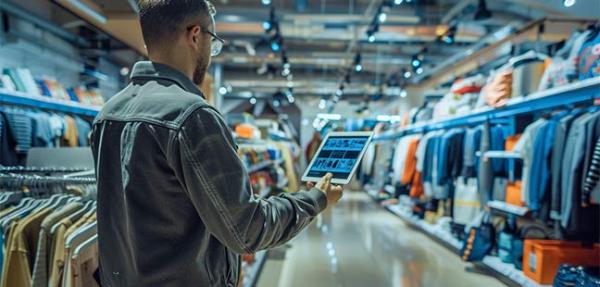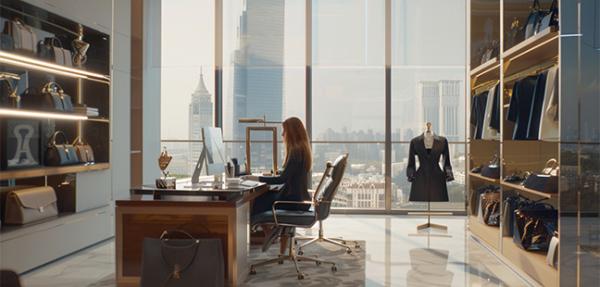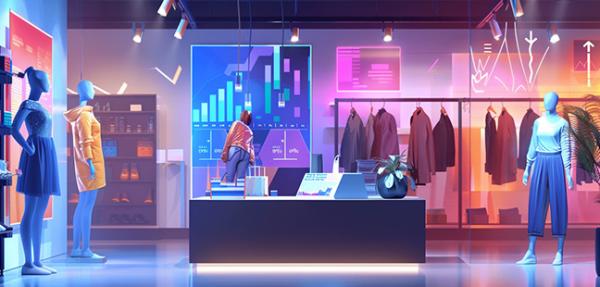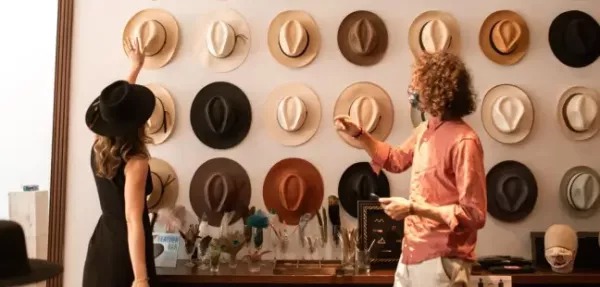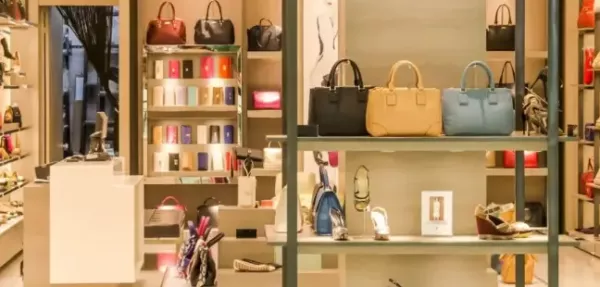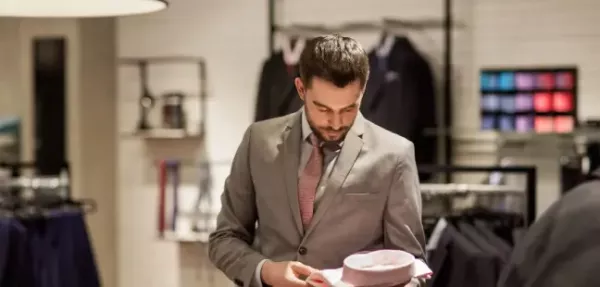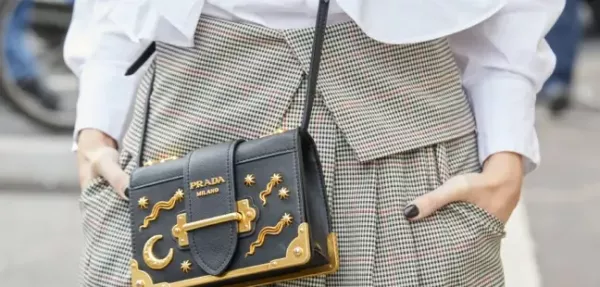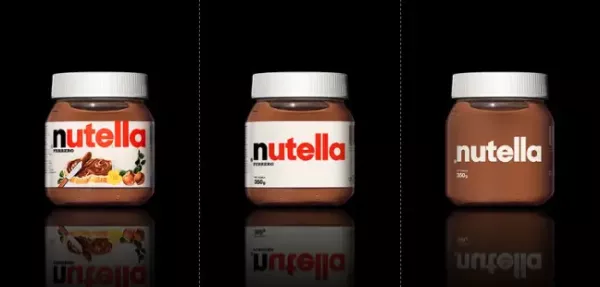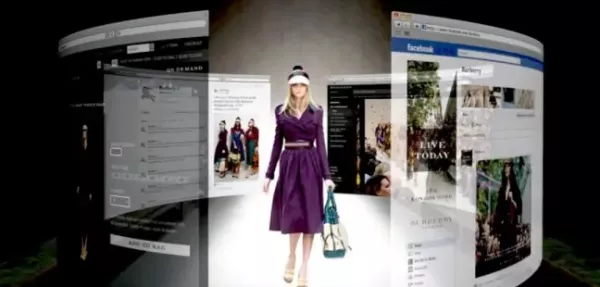Different Types of Merchandisers in Fashion
- Pearl Academy Editorial Team
- Published 17-Jan-2025
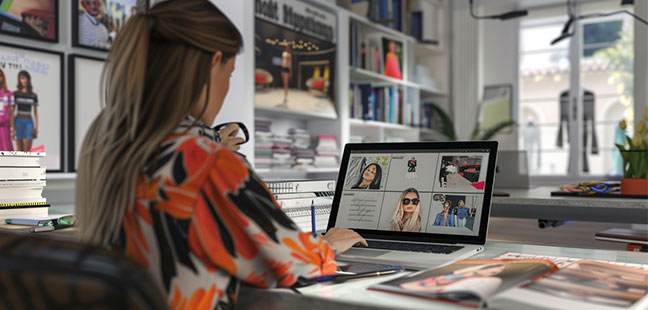
Table of Contents:
The world of fashion merchandising is as diverse and dynamic as the fashion industry itself. From selecting the latest trends to planning store layouts, merchandisers play a crucial role in bringing fashion from the runway to the retail floor. But did you know that there are different types of merchandisers, each specializing in various aspects of the fashion business?
If you’re considering a career in fashion merchandising, understanding these roles can help you find the perfect fit for your skills and interests. Here’s a blog to simplify these career options for you.
“Relentless improvement of the product and upgrading of consumer tastes are the hearts of mass merchandising.”- Christopher Lasch
Become future-ready with our Business Programs
Know MoreMerchandiser Meaning
A merchandiser is a professional responsible for planning, managing, and promoting products to ensure they are available to consumers in a way that maximizes sales and profitability. In the context of fashion, a merchandiser works to align product offerings with customer demand, often determining what styles, sizes, and quantities to stock in stores or online. They analyze sales data, monitor trends, manage inventory levels, and collaborate with various departments such as buying, design, and marketing to ensure that the right products reach customers at the right time.
Merchandisers play a crucial role in the retail industry, as they help to create attractive product displays, optimize store layouts, and even influence pricing and promotional strategies. They ensure that products not only meet market trends but also appeal to consumers visually and practically, making shopping experiences more engaging and driving sales.
7 Different Types of Merchandisers in Fashion
1. Retail Merchandiser
Retail merchandisers are responsible for ensuring that the right products are available in stores at the right time. They work closely with buyers and suppliers, analyzing customer behavior and sales trends to make decisions about stock levels, pricing, and promotions. Retail merchandisers focus on maximizing profits while keeping customers satisfied, which often involves coordinating with store managers to create engaging displays.
Fun Fact: Retail merchandisers are sometimes called “the silent salespeople” because they influence customers’ buying decisions even before they interact with a store employee.
2. Visual Merchandiser
Visual merchandisers are the creative minds behind eye-catching displays and store layouts. They use their artistic skills to create aesthetically pleasing arrangements that attract customers and enhance their shopping experience. From arranging mannequins to designing window displays, visual merchandisers focus on making products look appealing. This role requires a good sense of style, an understanding of color theory, and an ability to tell a story through visuals.
Pro Tip: Visual merchandisers often work with seasonal themes, so expect to change things up frequently as new collections arrive.
3. Product Merchandiser
Product merchandisers work closely with designers and product developers to ensure that the right products are created for the target market. They analyze fashion trends, conduct market research, and monitor competitor products to identify opportunities for new collections. Product merchandisers are involved in the product lifecycle from concept to launch, making sure that each item aligns with brand identity and customer preferences.
Fast Fact: Product merchandisers are the trendsetters behind your favourite collections—they know what’s going to be “in” before the season even begins!
4. Digital Merchandiser
With the rise of e-commerce, digital merchandisers have become essential in the fashion industry. They manage online product listings, analyze website data, and optimize product placement on digital platforms. Digital merchandisers work to enhance the online shopping experience, ensuring that customers can easily find and purchase products. They often use SEO strategies, digital analytics, and content management tools to drive online sales.
Fun Fact: Digital merchandisers might be the hidden heroes behind those perfectly curated product recommendations on your favourite fashion website.
5. Wholesale Merchandiser
Wholesale merchandisers are the bridge between manufacturers and retailers. They work with fashion brands to secure orders from retail stores, ensuring that products are distributed effectively across various markets. Wholesale merchandisers handle large volumes of products and negotiate deals with buyers from department stores, boutiques, and online retailers. This role requires strong negotiation skills, as well as a deep understanding of market demand and pricing strategies.
Pro Tip: Wholesale merchandisers need to be highly organized as they often manage multiple clients and accounts simultaneously.
6. Planning Merchandiser
Planning merchandisers focus on the numbers behind fashion. They analyze sales data, predict demand, and plan inventory levels to ensure that stock meets customer needs without resulting in excess. This role is highly analytical, requiring a knack for numbers and strong forecasting abilities. Planning merchandisers work closely with buying teams to decide what to purchase and when, balancing customer demand with financial goals.
Fast Fact: Planning merchandisers can make or break a season’s success with their predictions—getting it right means keeping shelves stocked without overordering.
7. Fashion Buyer (a.k.a. the “Buyer Merchandiser”)
Fashion buyers are a specialized type of merchandiser who make purchasing decisions for retail stores or brands. They attend fashion shows, scout for new trends, and select items that align with the brand’s image and customer preferences. Fashion buyers need a keen eye for trends, as well as strong negotiation skills to get the best deals from suppliers. They play a key role in shaping the product range offered to customers.
Fun Fact: Fashion buyers often have the final say in what ends up on store shelves, which makes them the ultimate trend influencers.
| Merchandiser Type | Key Responsibility | Skills Needed |
|---|---|---|
| Retail Merchandiser | Manage stock, pricing, and promotions | Analytical, coordination |
| Visual Merchandiser | Create in-store displays and layouts | Creativity, storytelling, design sense |
| Product Merchandiser | Work with designers to shape product collections | Trend analysis, product planning |
| Digital Merchandiser | Optimize e-commerce listings and UX | SEO, data analysis, CMS tools |
| Wholesale Merchandiser | Connect brands with retailers | Negotiation, logistics |
| Planning Merchandiser | Forecast demand and manage inventory | Forecasting, data interpretation |
| Fashion Buyer | Select products and attend fashion shows | Trend spotting, supplier negotiation |
What are the 5 C’s of Merchandising?
In merchandising, it's essential to understand various aspects of a company, from customer preferences to competitor offerings. Each element of merchandising can significantly impact business operations and product strategies.
- Company
- Customer
- Collaborators
- Competitors
- Climate
Having a deep understanding of the market is not only crucial for achieving sales targets; it also provides valuable insights that guide inventory decisions, promotional tactics, and overall merchandising strategies. By analyzing customer behavior, monitoring trends, and staying aware of competitor moves, merchandisers can make informed decisions that align with business goals and create a more compelling shopping experience.
Career Opportunities in Merchandising and Fashion Business
The retail and fashion industries are evolving, and merchandising plays a critical role in defining the future of shopping. By pursuing a BBA in Fashion and Lifestyle Business Management, or an MBA in Fashion and Lifestyle Business Management, you’ll learn essential skills in consumer behavior, retail strategies, and brand management—all key to becoming a successful visual merchandiser or store manager.
With the rise of experiential shopping, professionals with expertise in merchandising are in high demand. This degree provides a comprehensive education in the business side of fashion, enabling you to create compelling visual stories that drive sales.
Why Pursue a BBA/MBA in Fashion and Lifestyle Business Management?
A Bachelor’s or a Master’s in Fashion and Lifestyle Business Management offers a unique blend of creative and business skills. From understanding consumer psychology to learning the latest trends in retail, this program equips you with the knowledge and hands-on experience needed to excel in today’s fast-paced fashion industry.
Here’s why you should consider this degree:
- Comprehensive Curriculum: Learn everything from fashion marketing to retail management, with a focus on visual merchandising.
- Hands-On Experience: Gain practical experience through internships, workshops, and real-world projects that prepare you for a career in fashion retail.
Career Opportunities: Graduates can pursue roles such as Visual Merchandiser, Fashion Buyer, Retail Manager, and Brand Strategist.

Student Guidance Center: Our Counselors are Just a Click Away.
Conclusion: Find Your Perfect Fit in Fashion Merchandising
Fashion merchandising offers a range of exciting career paths, each with unique responsibilities and skill requirements. Whether you’re drawn to the creative aspect of visual merchandising, the strategic planning of a retail merchandiser, or the digital world of e-commerce, there’s a place for you in this dynamic industry.
Understanding these roles can help you decide where to focus your talents and passion. And with the right training from a reputable academy, you’ll be well-prepared to step into the fashion world and make your mark. So, which type of merchandiser are you ready to become? Whether you're drawn to retail, visual, or luxury fashion merchandising, be sure to check out our Luxury Brand Management Courses blog to explore high-end fashion career paths.
Pearl Academy Editorial Team
Tags
- #Business
Pearl Admission Enquiry
Subscribe to Pearl Blogs
By clicking the "Subscribe" button, I agree and accept the privacy policyyy of PEARL.









